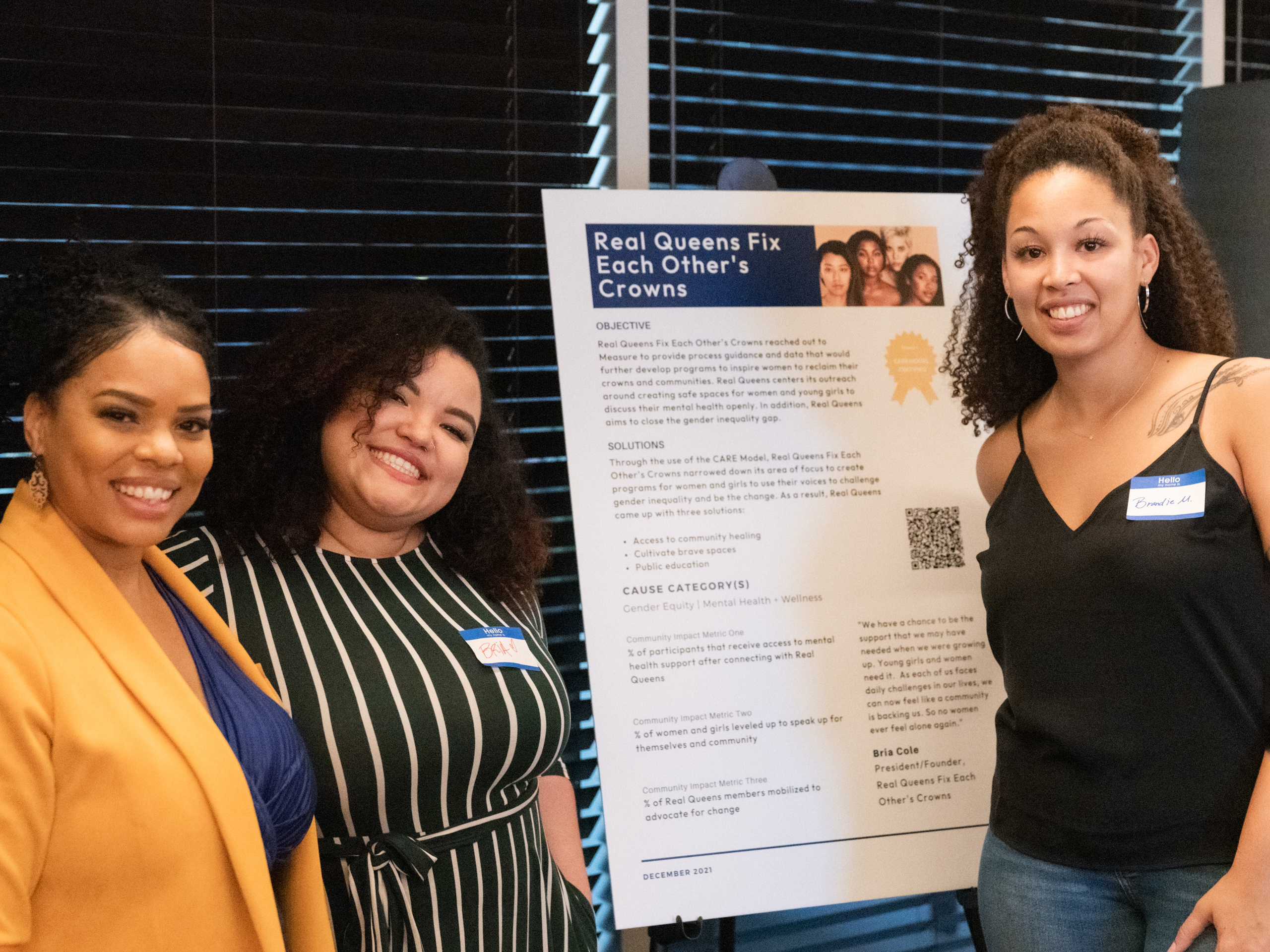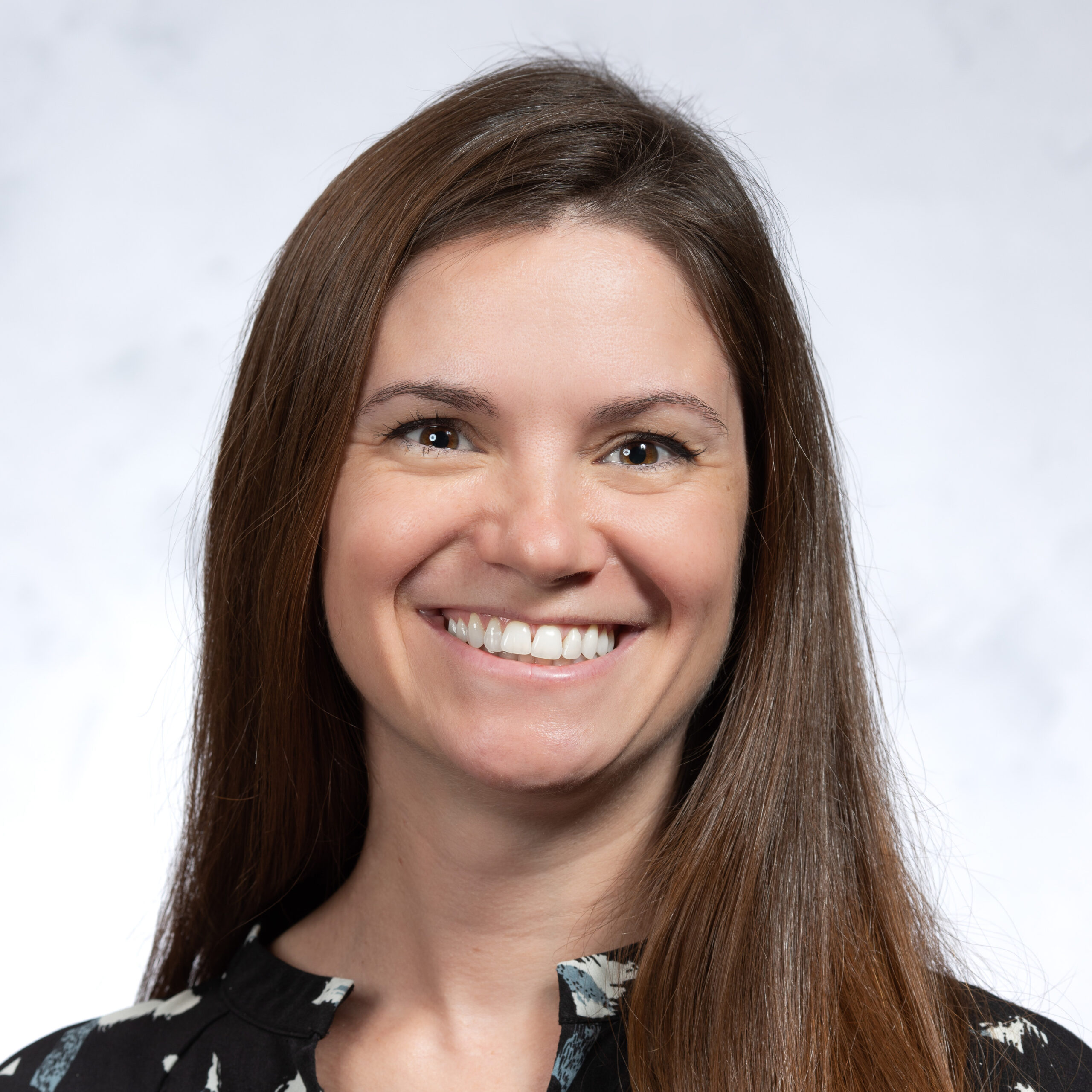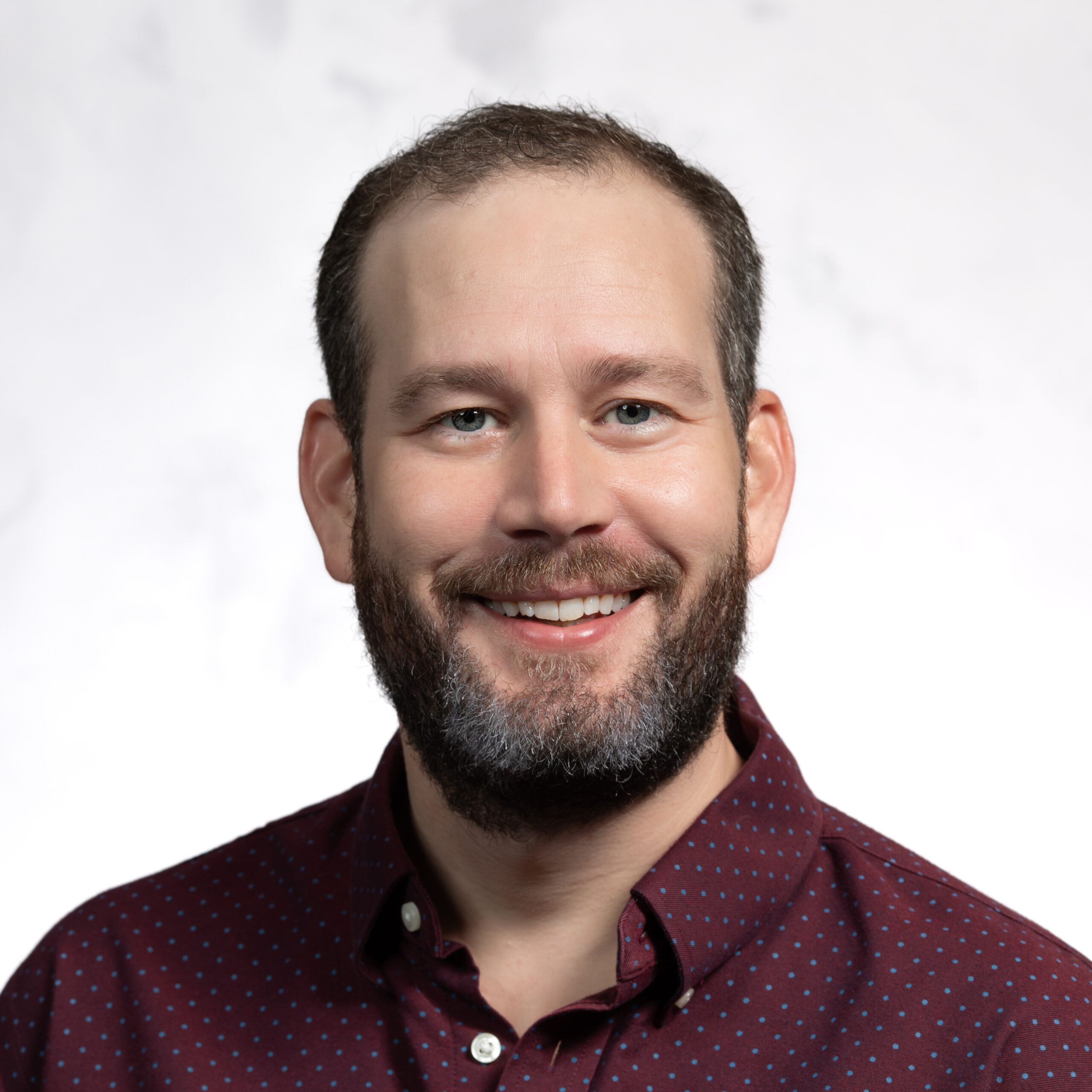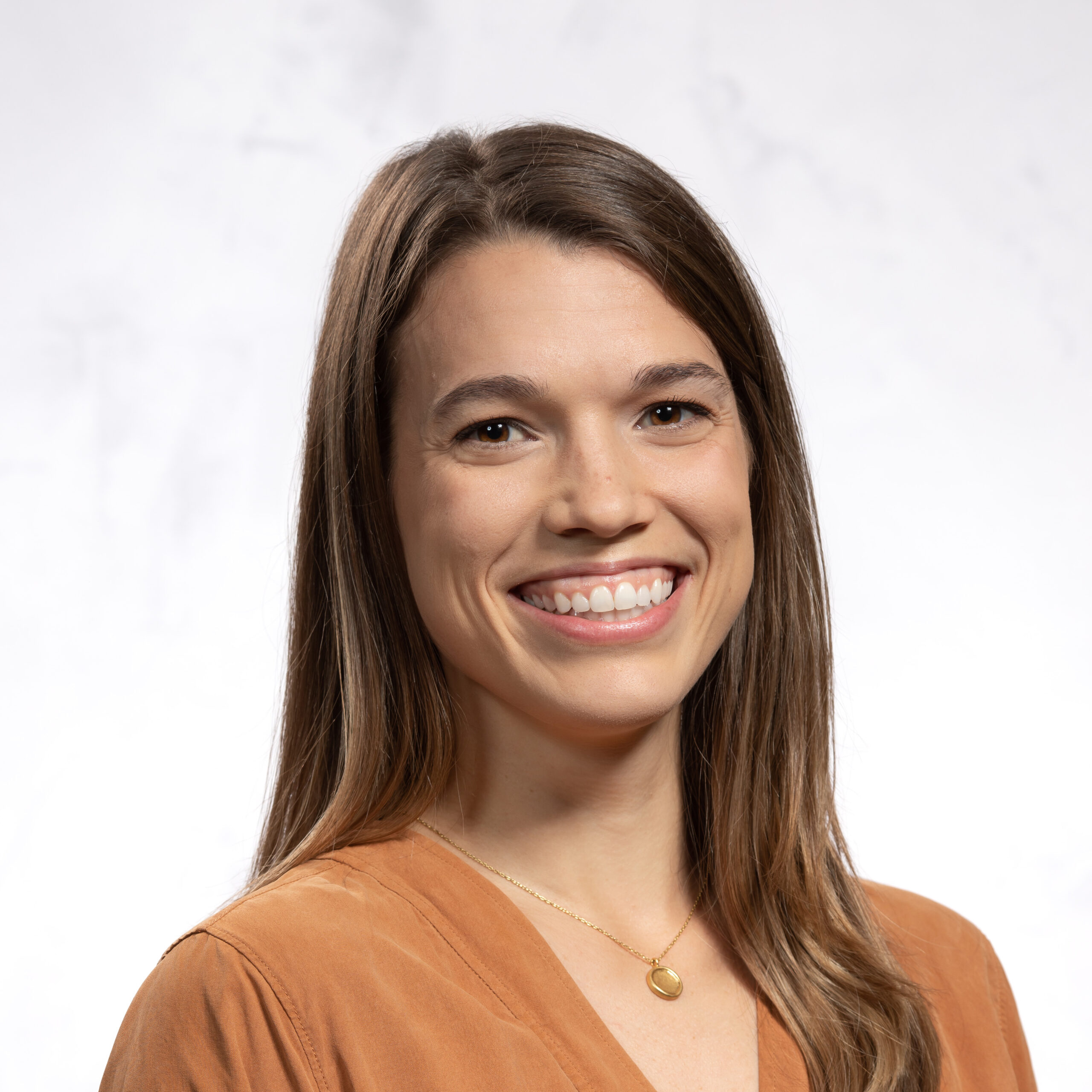Leveraging data to advance health equity.
St. David’s Foundation uses data to engage community, educate decision makers, and evolve strategy transparently by learning alongside Central Texans.
Our approach to learning and evaluation focuses on using data as a tool for collaboration. We know we can only achieve our mission by listening, learning, and evolving our strategy in partnership with the communities we serve. This fundamentally changes the way we use data by reorienting the questions we ask from internal compliance–“Did we do what we said we would?”–to strategic learning across partners–“Are we collectively headed where we wanted to go? Is that still the right direction? What is causing this change and how is it impacted by underlying systems?”
We are grounded in the belief that health equity is both a process and an outcome. As an outcome, health equity is achieved when all Central Texans have a fair chance to achieve optimal health and there are no longer predictable differences in health status due to ethnicity, race, age, ability, or geography. Using this definition of health equity requires us to examine the impact of inequitable systems when we are measuring outcomes and monitoring progress. As a process, equity means involving those most impacted by health inequities in creating solutions. This commitment encourages us to examine traditional evaluation methods and acknowledge when we should depart from practices that center the Foundation’s perspective in favor of the community’s.
Approach
Through our work, we strive to:
- Foster a culture of learning by ensuring people have information/data when they need it and a shared understanding of strategy to drive decision making.
- Hold the Foundation accountable to the communities we serve by measuring our impact and transparently sharing results.
- Leverage data as a tool to bring diverse stakeholders into a shared conversation.
- We build the evaluative capacity of those closest to the ground to be nimble and strategic to community needs.
What equity looks like in our practice:
- Engage community throughout the evaluation process from design to sensemaking and dissemination
- Lift up community voice as an equally rigorous, vital source of data
- Ground our thinking in the context of underlying systems
- Disaggregate data to understand differences between groups
To learn more about how our data and evaluation work is evolving, read Data for Equity: Moving from Theory to Practice.
Learning and Evaluation Team
Related Initiatives
Good MeasureAchieving health equity requires every data practitioner–including funders, program managers, community partners and state leaders–to effectively harness the full power of data in a way that embraces innovation, inclusion and community voice.
Explore
-
-
Insights
September 06, 2023
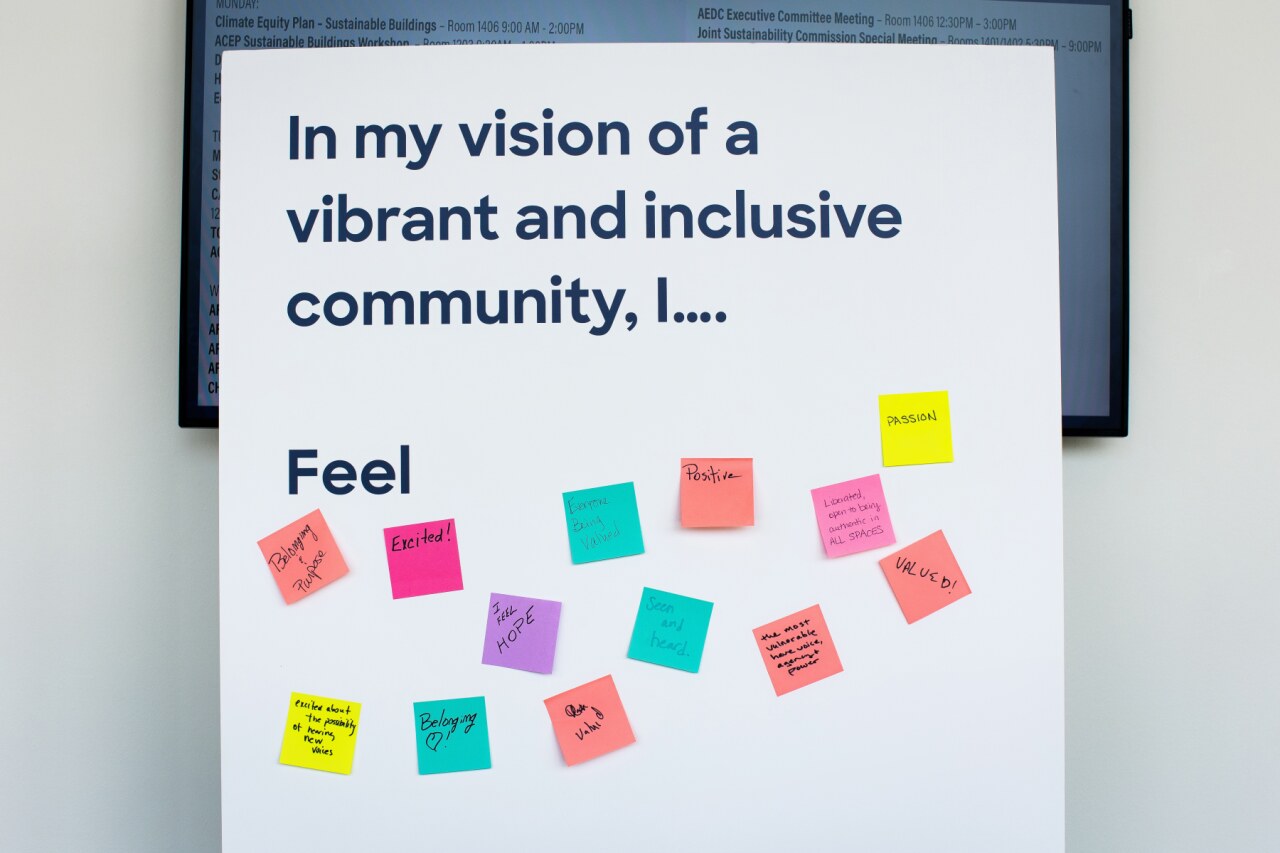
-

-
